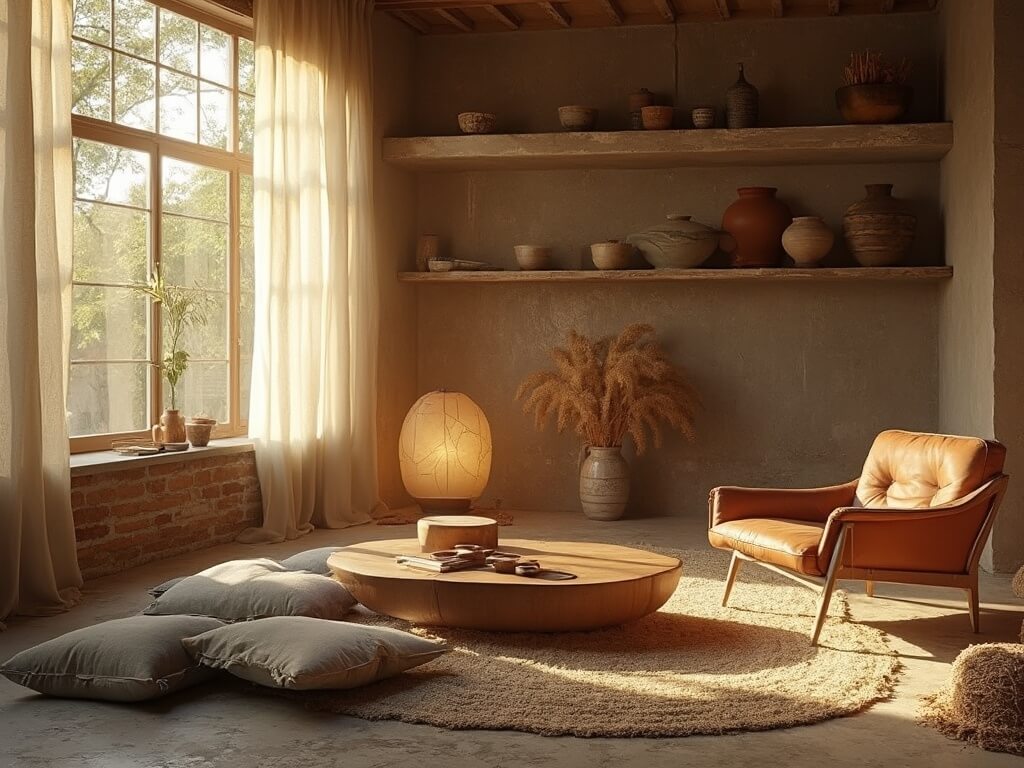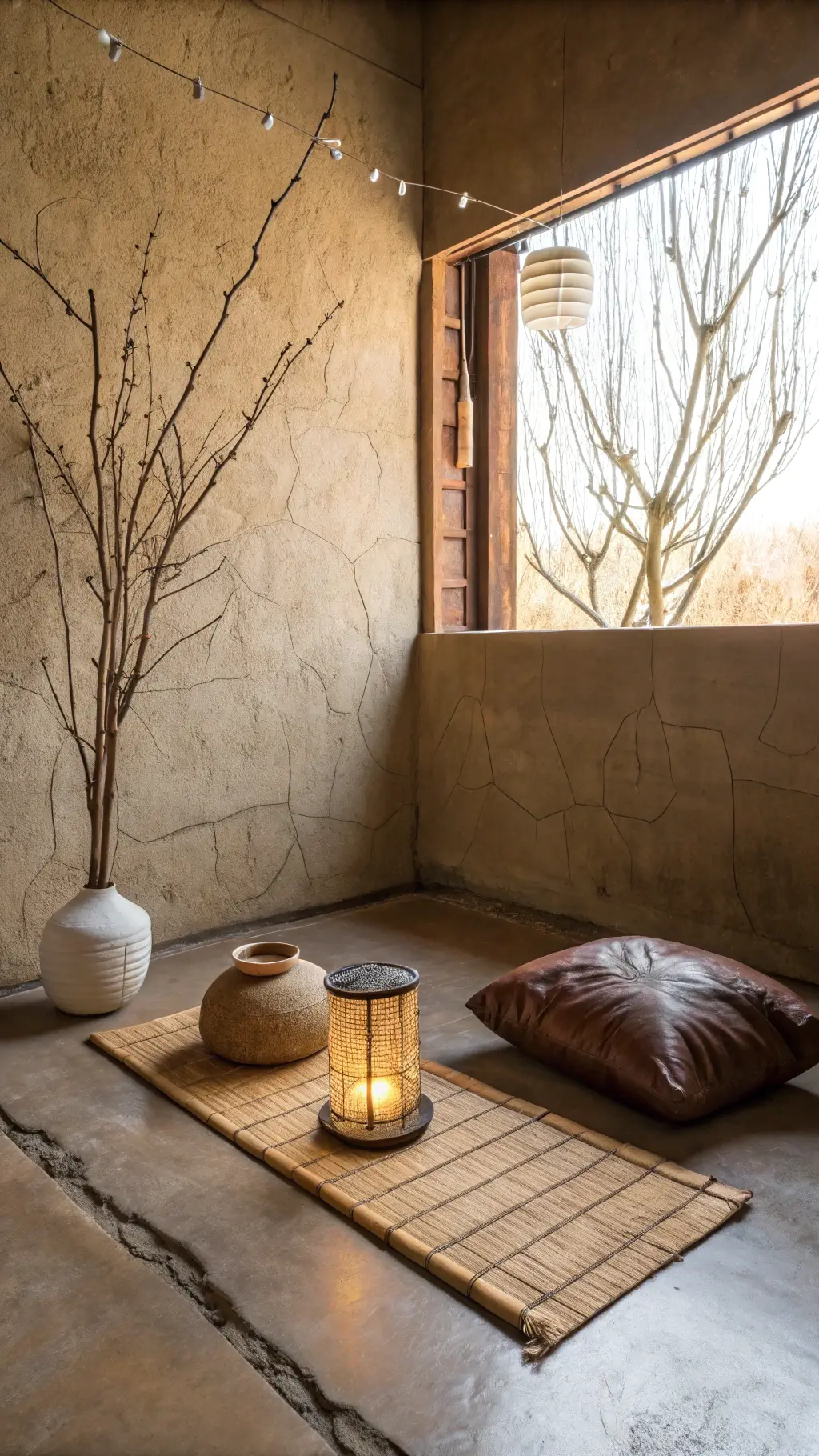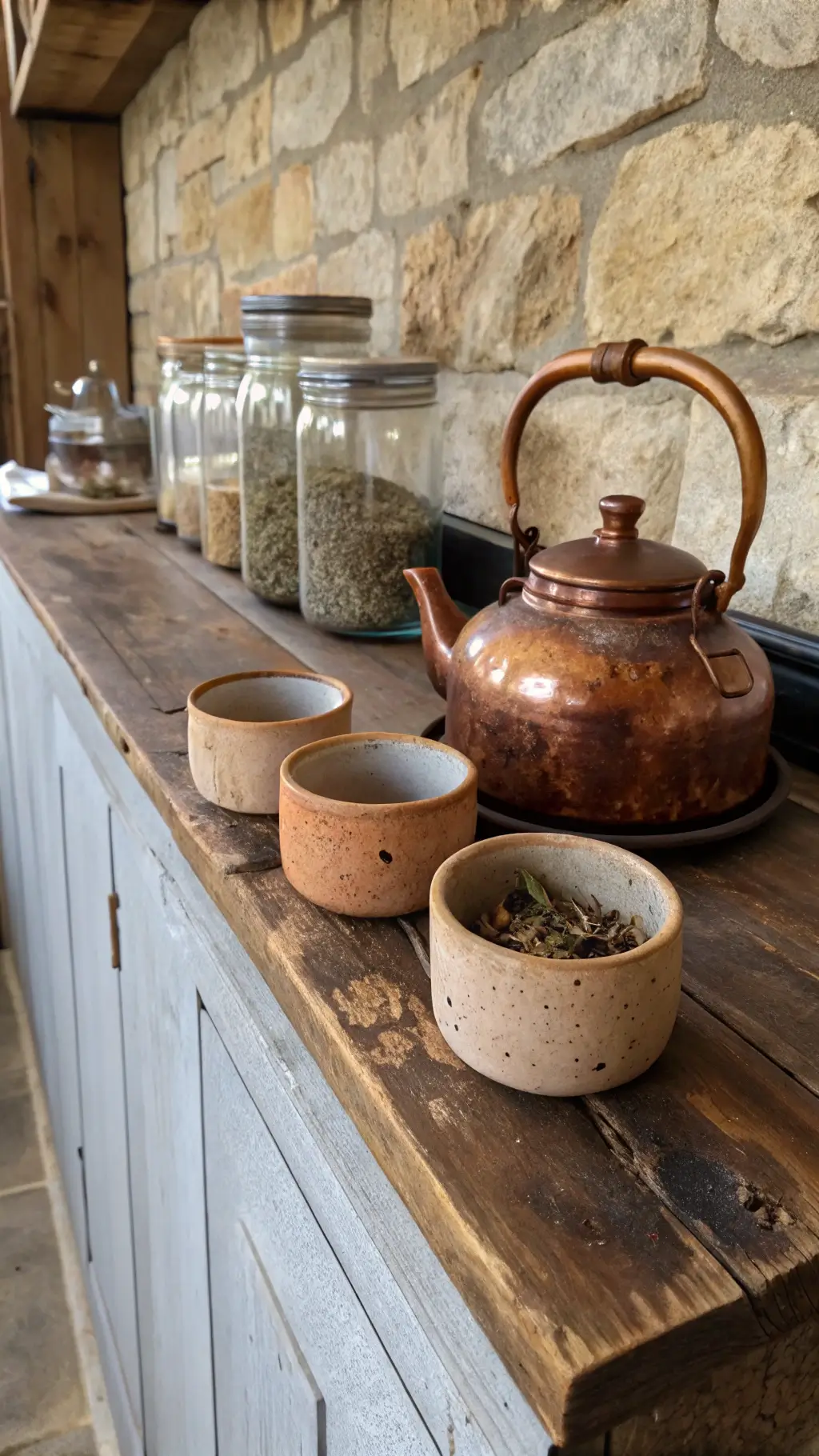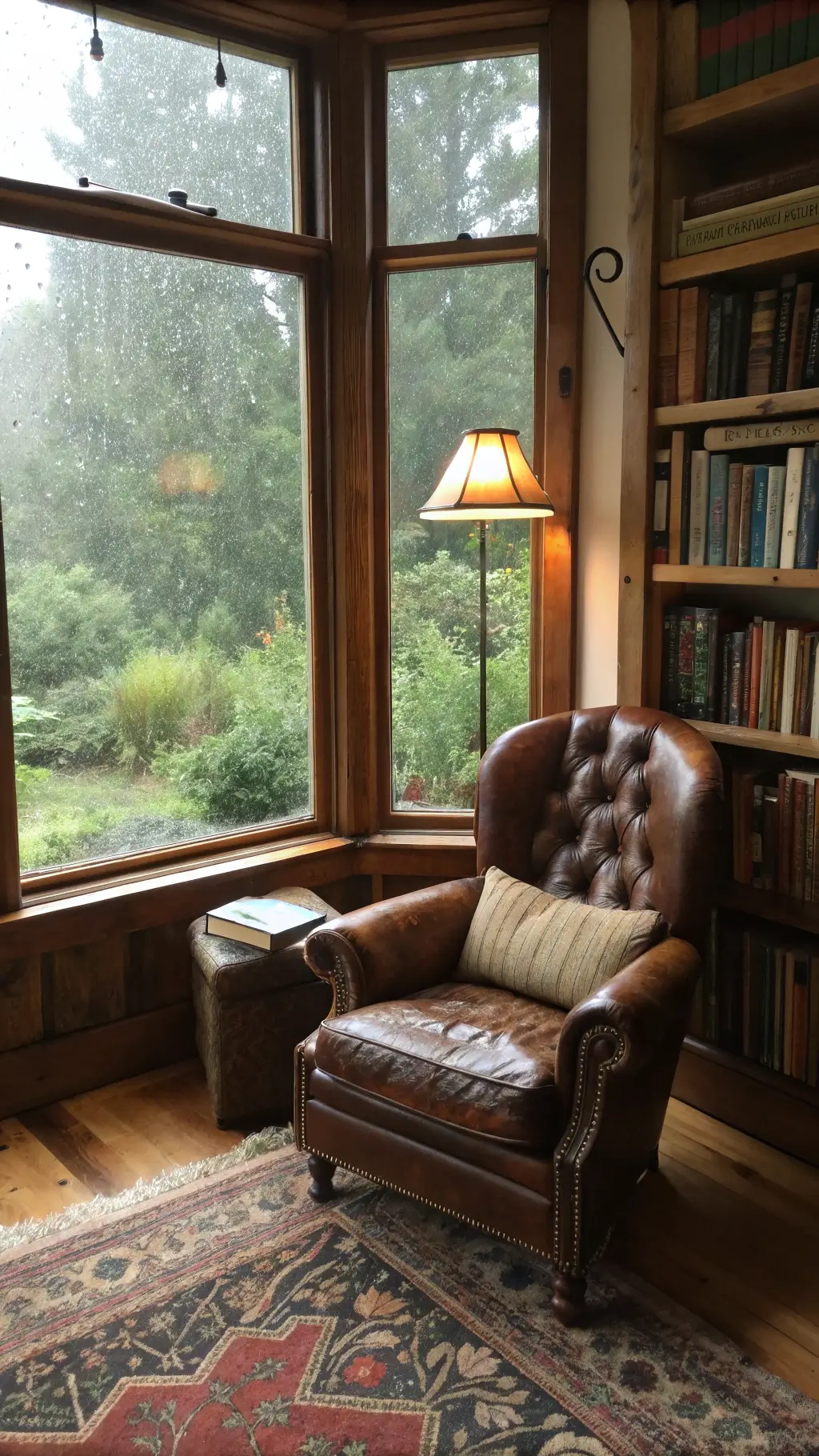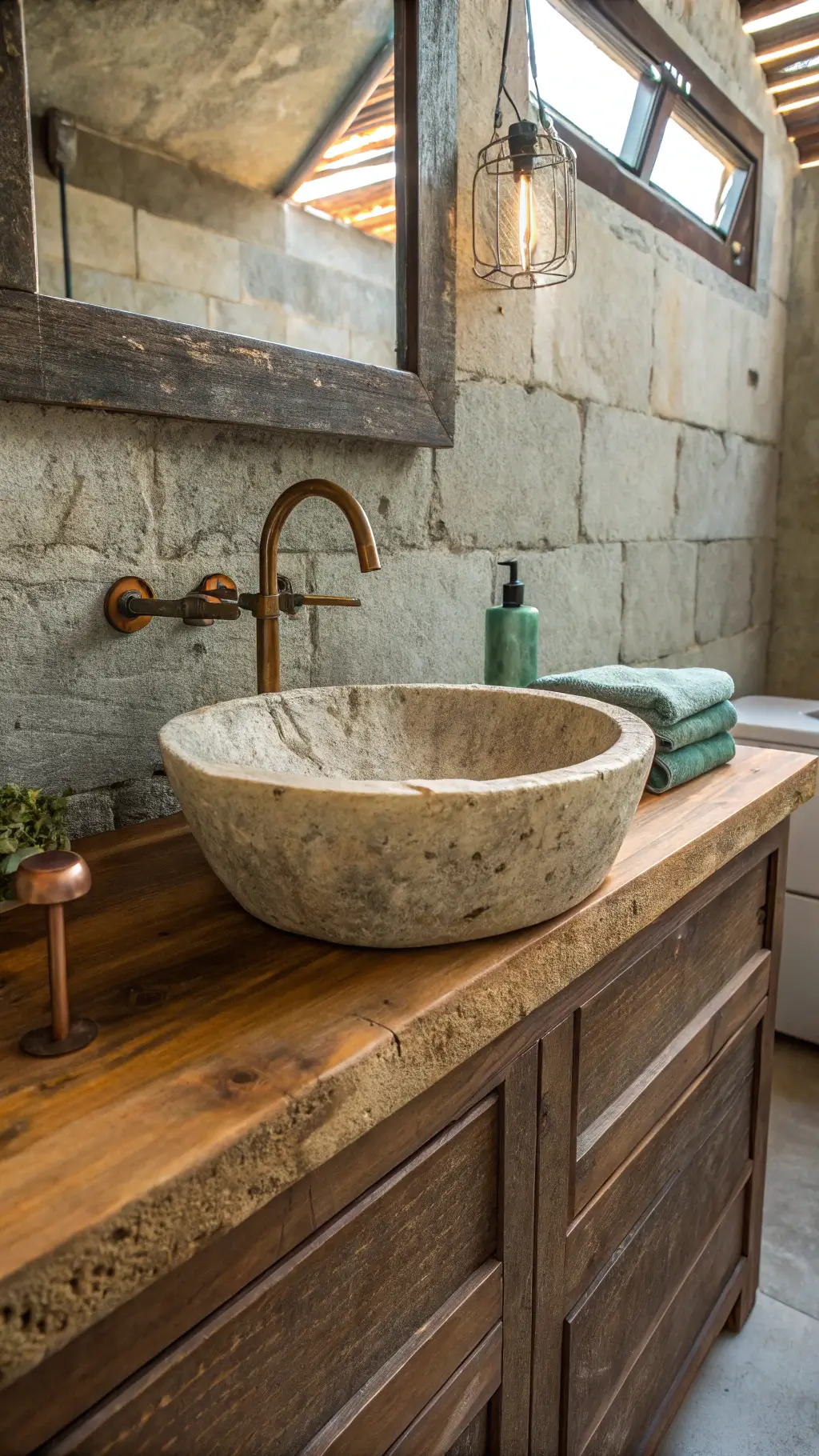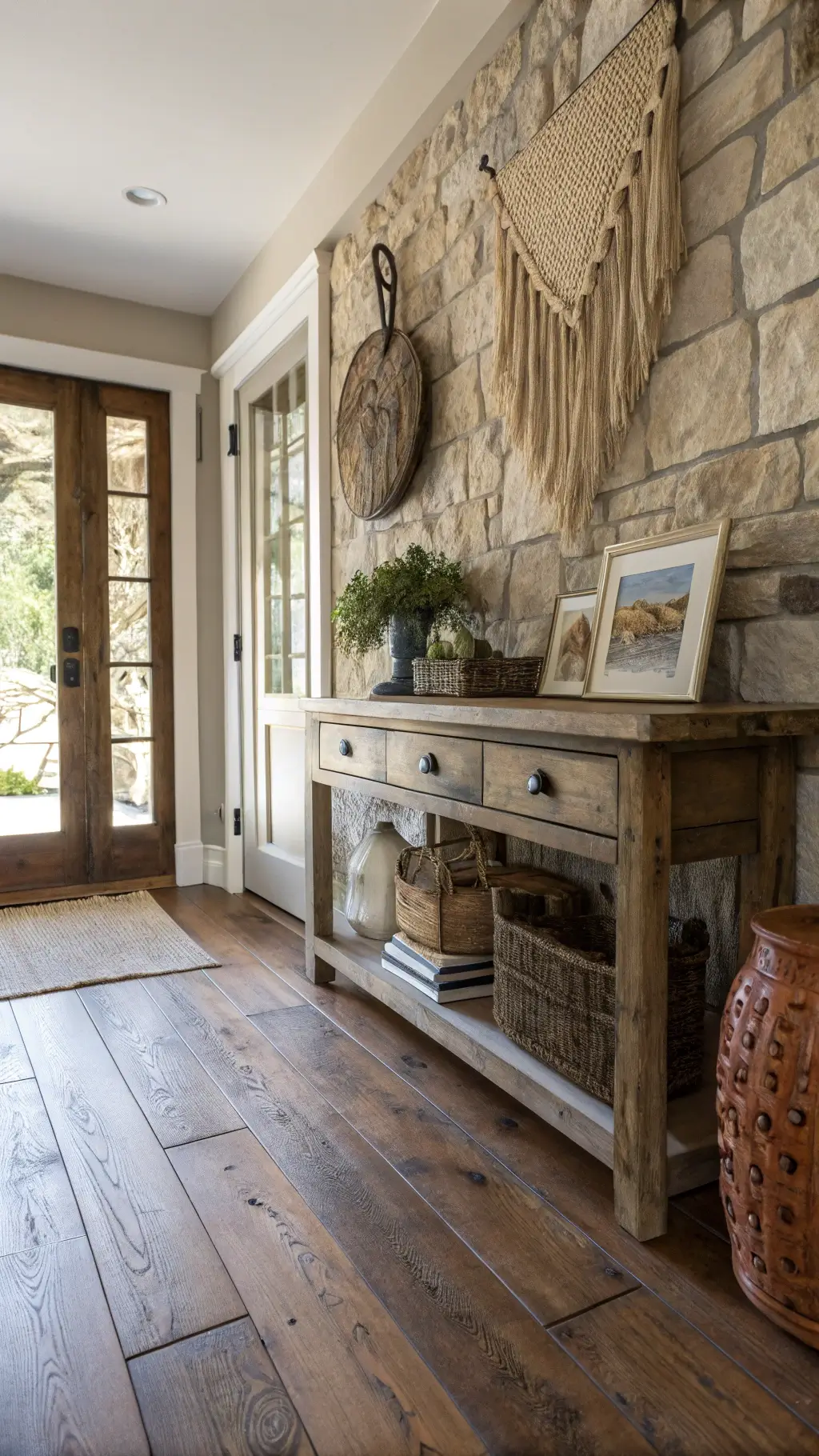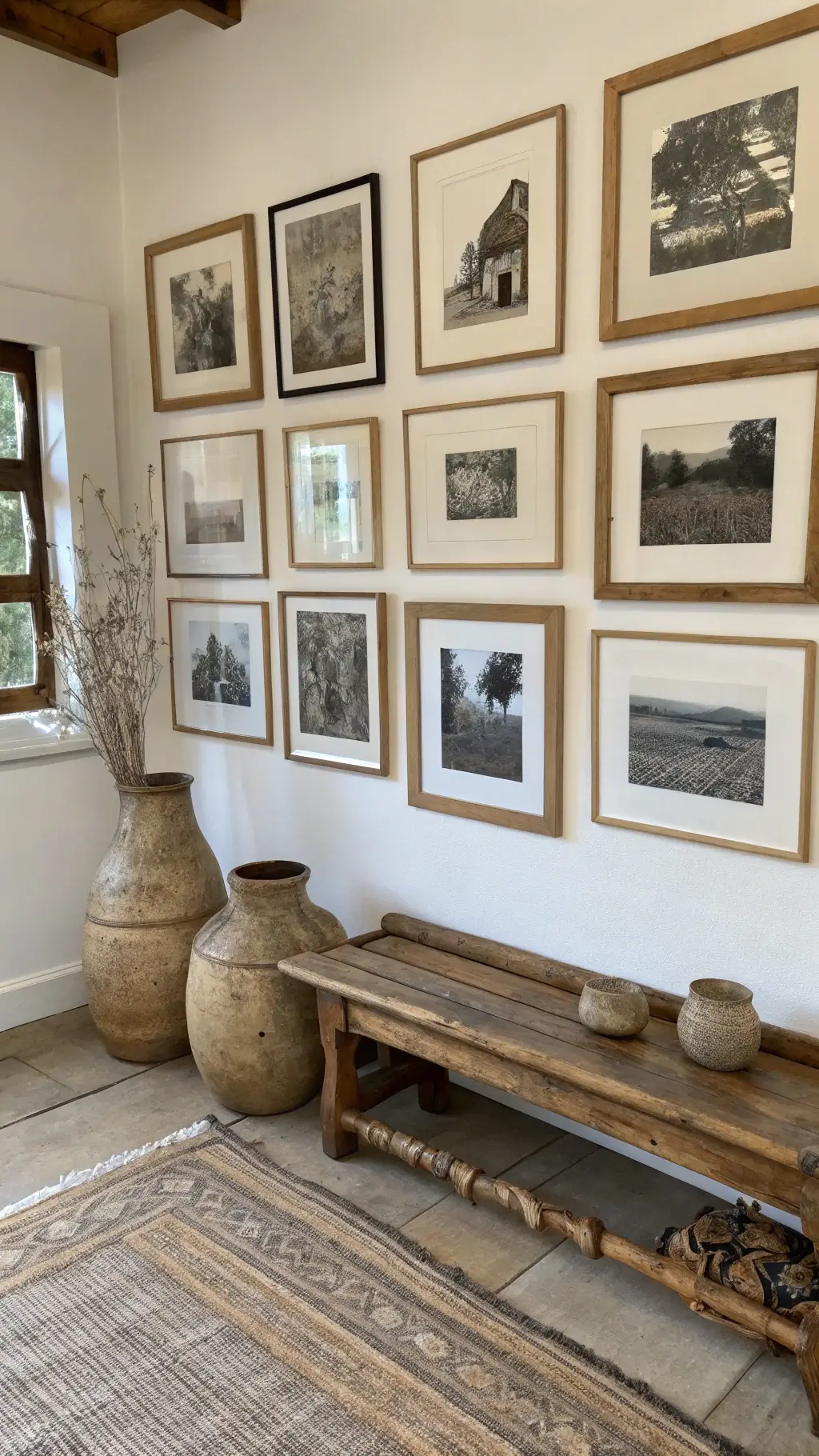Wabi Sabi Apartment Styling: Embracing Imperfection and Natural Beauty
Hey there, design enthusiasts! I’m about to dive deep into the world of Wabi Sabi – a design philosophy that celebrates the beauty of imperfection and natural simplicity.

What is Wabi Sabi? Understanding the Essence of Imperfect Beauty
Wabi Sabi isn’t just a design trend – it’s a profound Japanese aesthetic that transforms how we view our living spaces. At its core, this philosophy celebrates:
- Imperfection as Beauty: Embracing cracks, asymmetry, and natural wear
- Simplicity: Stripping away unnecessary complexity
- Natural Materials: Prioritizing wood, stone, and organic textures
- Authenticity: Valuing genuine, unpolished experiences
Creating Your Wabi Sabi Apartment: Essential Elements
1. Color Palette: Earth’s Natural Tones
Your color scheme should whisper, not shout. Think:
- Soft clay browns
- Muted sage greens
- Stone grays
- Warm terracotta
- Weathered wood tones
2. Texture is Your Best Friend
Key Textural Elements:
- Handmade ceramic pieces with visible imperfections
- Rough-hewn wooden furniture
- Natural fiber textiles
- Stone elements with natural variations
- Aged metal accents
3. Minimalist Approach to Decor
Less truly is more in Wabi Sabi. Focus on:
- Negative space
- Carefully curated items
- Pieces with personal history
- Objects that tell a story
Practical Styling Tips for Wabi Sabi Spaces
Furniture Selection
- Choose pieces with visible craftsmanship
- Prioritize natural materials
- Select items that show gentle aging
- Avoid perfect, mass-produced furniture
Lighting Considerations
- Soft, diffused natural light
- Paper lanterns
- Warm-toned floor lamps
- Candles with natural holders
Budget-Friendly Wabi Sabi Transformation Strategies
Money-Saving Techniques:
- Thrift store hunting
- Repurposing existing furniture
- DIY repair and restoration
- Focusing on meaningful, long-lasting pieces
Quick DIY Wabi Sabi Upgrades
- Kintsugi repair of broken ceramics
- Natural fiber throw pillows
- Handmade ceramic plant holders
- Vintage wooden trays
- Minimalist wall art with natural themes
Common Mistakes to Avoid
Warning Signs You’re Doing Wabi Sabi Wrong:
- Over-styling
- Purchasing “perfect” items
- Ignoring personal history
- Treating spaces too formally
- Eliminating all personality
Maintenance and Evolution
Wabi Sabi is a living philosophy. Your space should:
- Tell your story
- Evolve naturally
- Welcome small imperfections
- Reflect personal growth
Final Thoughts
Wabi Sabi isn’t about creating a picture-perfect space. It’s about creating a home that breathes, ages gracefully, and tells your unique story.
Remember: Perfection is boring. Embrace the cracks, cherish the history, and let your space live.

